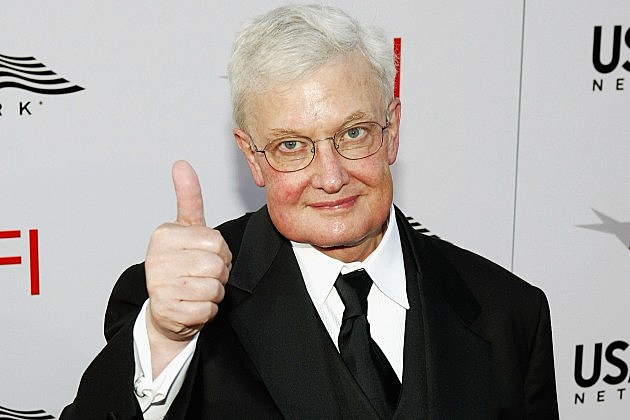

Our heroine is marrying the “ Mad King of England” after all, a hard truth she must learn and reconcile with throughout the show’s six episodes. Instead, its primary conflict is around mental health. It is somewhat hard to believe that teenage virgins who just learned the mechanics of sex are having that great a time, but this is the universe of “Bridgerton.” Outside of our main heroine, there are some other satisfactory pairings and at least one great conversation from the older set about desire’s continuing ability to “bloom.”Īs in the first season, sex is a major plotline, but “Queen Charlotte” is not a battle between genders like its previous installments. There's also romance, regret, and less satisfying coitus played for laughs. I might as well start there and say there is, indeed, sexy sex in this one.

But the real reason “Queen Charlotte” exists is to let us visit the land of Bridgerton (it’s even subtitled “A Bridgerton Story”) with its pretty costumes and accents, post-racial musings, and, of course, sex. “Queen Charlotte” is at its best when charting which facets of our heroine’s character are innate and which are born of her circumstance.

As far as backstories go, it has enough plot to stand on its own and a strongly-drawn protagonist. "Queen Charlotte" explains how its titular figure became a strong, mercurial, and loving woman. As such, we also spend time with two of the previous seasons’ most notable matriarchs Lady Agatha Danbury ( Adjoa Andoh) and Lady Violet Ledger Bridgerton (Ruth Gemmell). Here, we follow the middle-aged Charlotte, played by Golda Rosheuvel, reprising the strong performance that inspired this spinoff. This story is framed by one taking place in the same period as the first two “Bridgerton” seasons.


 0 kommentar(er)
0 kommentar(er)
